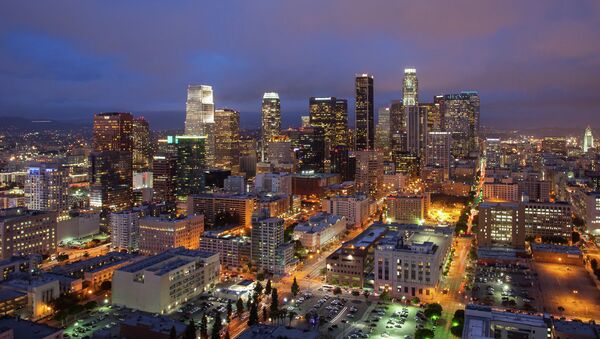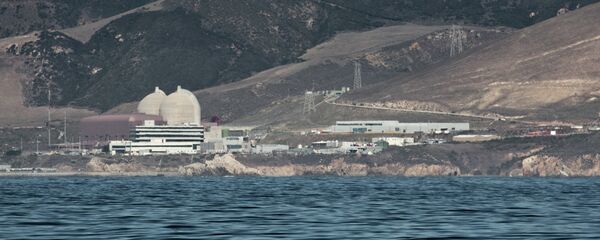However, in a recent study, geologists found evidence of helium leaking from the fault, suggesting the zone was much deeper and has the potential to produce an earthquake of magnitude 8 or higher.
UC Santa Barbara Jim Boles examined gas samples collected from two dozen oil wells from LA’s Westside to Newport Beach in Orange County, along a 3-mile stretch of the Newport-Inglewood fault.
When the samples were analyzed, he found more than one third had evidence of high levels of helium 3, or 3He, a vestige of the Big Bang that can only be found in Earth’s mantle. The evidence of 3He therefore suggests that the subduction zone stretches deep into the Earth.
"The results are unexpected for the area, because the LA Basin is different from where most mantle helium anomalies occur," Boles said. "The Newport-Inglewood fault appears to sit on a 30 million-year-old subduction zone, so it is surprising that it maintains a significant pathway through the crust."
Boles findings were published in the Geochemistry, Geophysics, Geosystems (G-Cubed) online journal.
"We know that the Newport-Inglewood fault is not only deep seated, but also directly or indirectly connected with the mantle," he wrote.
The findings confirm the warnings recently issued by the US Geological Survey of a "big one" hitting the city within the next 30 years, and further increase the chances of the magnitude 8 earthquake from 4.7 to 7%. Such an earthquake could produce major damage to the city’s infrastructure, destroying everything from its buildings to its transportation system.
In 1906, a magnitude 7.8 struck San Francisco and destroyed about 80% of the city, causing 3,000 deaths.



